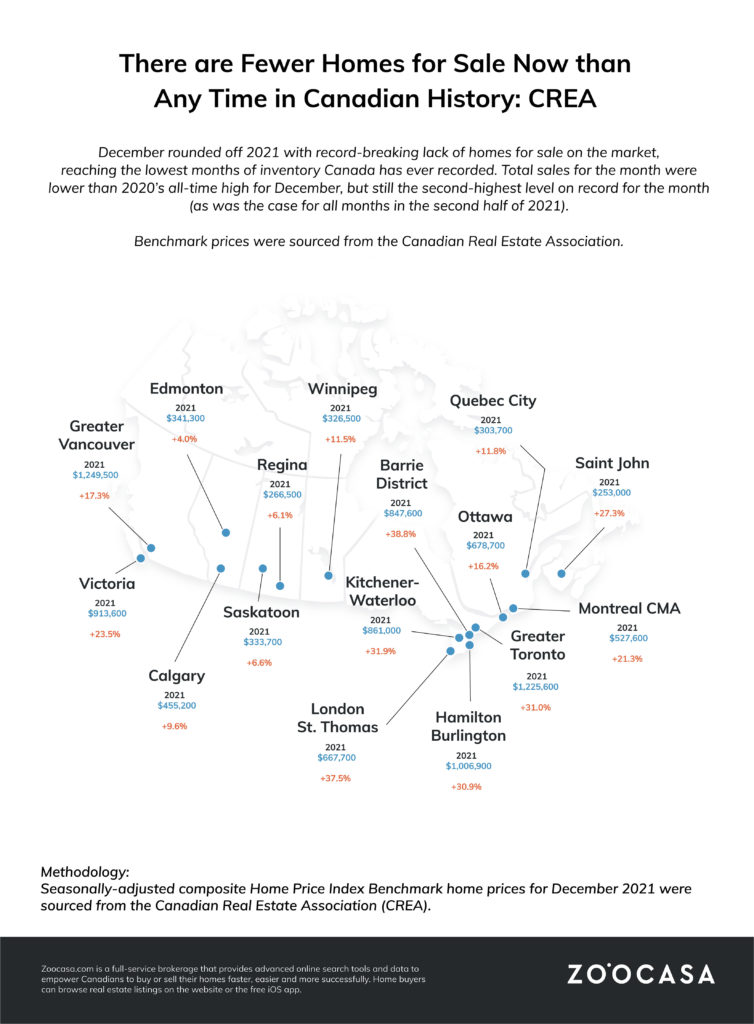Some valueable insight from Kevin Skipworth, Chief Economist at Dexter RealtyThe sales super cycle that the Metro Vancouver housing market has been in for two years is ending. It is nearly over in Fraser Valley, where March sales were down 22.5% from a year earlier and average prices dropped nearly 6% from February 2022, and similarly in Greater Vancouver where home sales were down 25% from March 2021 and averages prices were down 13%. A sure sign that the lower end of the market is thriving more.This does not mean a major market correction is coming. It does mean that we could be moving back to a calmer, more friendly environment for homebuyers, which would be a welcome relief to many. March saw a number of Greater Vancouver buyers moving quickly to purchase before the next round of lending rate increase, but we expect the sales and price increases to slow in the months ahead comparative to where we have been. Housing sales in March across Greater Vancouver totalled 4,405, down 25% from March 2021, but a 27% increase from February 2022 and 31% above the 10-year March sales average.More listings were added in March, with 6,802 new listings, still down 20% from a year earlier but 20% above the 10-year average. There were 7,970 total active listings on the Greater Vancouver market at month end which further dropped to 7,851 at the start of April as some listings expired. The after-spring break activity brought an increase of listings to the market that will continue as we move through April. However, we are still sitting with just a 2-month’s supply of homes available for sale in most areas, with North Vancouver, Burnaby, New Westminster, Coquitlam, Port Moody, Port Coquitlam, Tsawwassen, Pitt Meadows, Maple Ridge and Squamish all at or less than a 1 month’s supply. And while townhouses continue to be the most challenging type of property to find across the region, apartments are fast becoming a scarce product. Even on Vancouver’s West Side, there are only 2-month’s supply of apartments and areas such as Vancouver East and Richmond have dropped down to 1 month supply. It’s even worse in Pitt Meadows where this is half a month’s supply (7 apartments for sale, down from 22 last March), just over half a month’s supply in Maple Ridge and only 6 apartments available for sale in Ladner, again under 1 month’s supply. The number of apartment sales in Coquitlam in March were actually the highest we’ve seen in March at 211, eclipsing the previous high of 187 in March 2021. It will take a surge in new listings to get this market back to balance, but the question is, will that happen and if so, when? Realistically we would need to see 15,000 to 18,000 active listings to get to a balanced market. The true test of the market will be over the next month as interest rates continue to rise, with the Bank of Canada making its next announcement on April 13. It’s a forgone conclusion that the overnight rate will increase. It just remains to be seen whether it will be up 0.25% or 0.5%, thereby increasing variable rate mortgages. Fixed interest rate mortgages have been on the rise with a 5-year interest rate now approaching 4%. Since the federal mortgage stress test qualifying rate is 2% higher, it will be nearly 6% on a 5-year rate. That negatively affects a borrower’s debt-service ratio and their purchasing power. There are other signs of a cooling market. Continued lack of supply is keeping buyers from being able to find their next home and list their current one. Despite record-setting demand and prices, B.C. housing starts decreased by 4,000 to 31,300 new homes, seasonally adjusted, in February 2022 from a month earlier. Metro Vancouver home starts are down 23% so far this year, compared to 2021. A key reason is developers’ fear of proceeding with projects because of soaring construction costs, especially for wood frame multi-family. Then there is the uncanny ability for the government to bring in new regulations just when they are not needed. The B.C. finance minister has confirmed that a mandatory ‘cooling-off’ period is coming as their way to protect buyers, especially when competing in multiple offers, which could very well be at a reduced level by the time the legislation is law. The rules will then stick around and simply frustrate buyers and sellers. This in effect will give a buyer a period of days to reconsider their offer and walk away from it. While no details were provided, a monetary penalty could be part of that ability to walk away, which in effect would lock in first time buyers and those without the resources to utilize that strategy. The other option is complete freedom to walk away, but imagine how many properties would be tied up in that process and the potential confusion of that. In an already supplied starved market, what purpose will this really serve? And through all this, there are still some that contend we don’t have a housing supply crisis and in fact supply is keeping pace with population growth. These two wrongs certainly don’t make a right. Mechanisms to supposedly limit demand and a contention that supply isn’t an issue will only further exacerbate the issues we see in the housing market. Finally, we are seeing price exhaustion. This is apparent now in outlier suburbs, which had seen dramatic price hikes since 2020, but we will also see price increases slowing in central areas, at least through the first half of 2022. Prices can only go up so much. If you thinking of selling, list now. If you are buying, enjoy the greater selection on the market. |
This housing cycle is ending. What’s next?
General Robyn McLean 6 Apr

